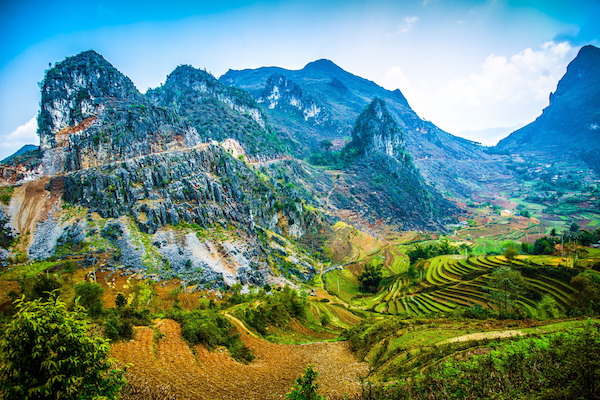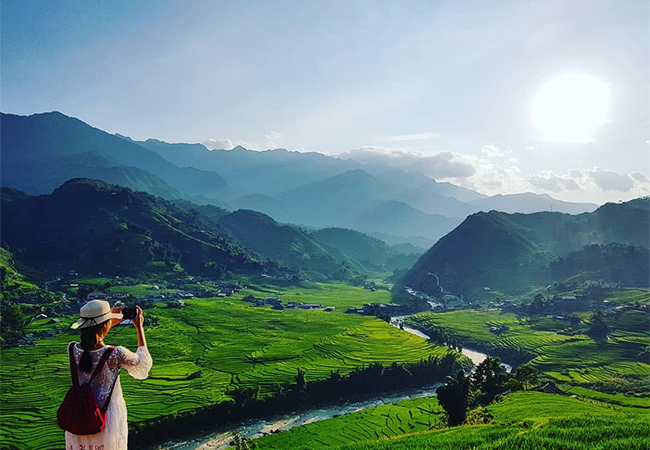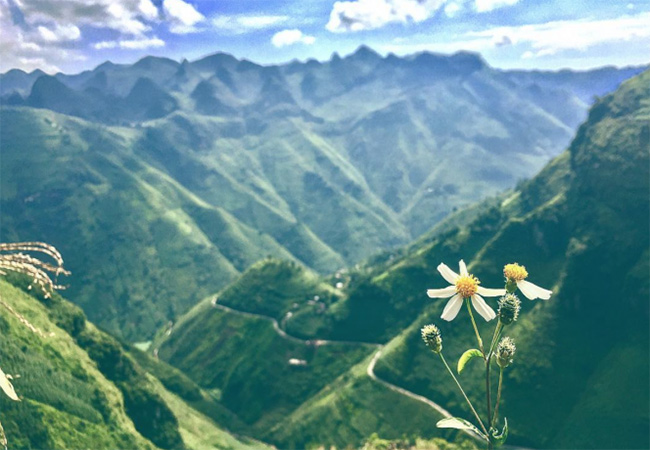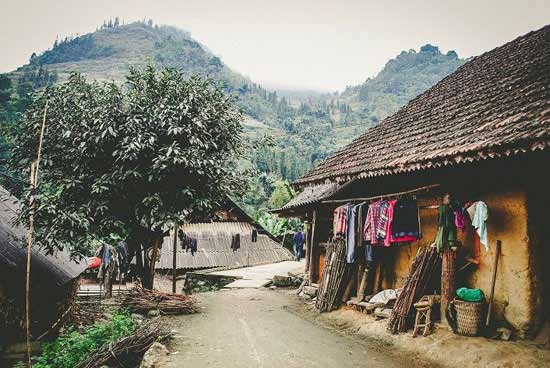Choosing the right footwear
Ask experienced trekkers what they consider the most critical piece of gear, and nine out of ten will say "boots" without hesitation.Happy feet are the first step towards a happy trip. That's why the experts insist you invest a bit of time in the store to make sure you pick the best boot for your foot and get the boot properly fitted for each foot.
What's a conscientious consumer to do? Here are five specific questions to ask your boot fitter
5 questions you just gotta ask a boot salesperson
1. Will you measure my feet (please)?
The first step is always to get an accurate measurement using a brannock device. "If a fitter doesn't start by measuring and inspecting a customer's foot that may be a sign that he is not well trained in boot fitting."
2. Can you customize the fit?
A well trained boot fitter should be able to modify boots to perfectly fit anybody's funky foot. He should say "Every size nine feet is shaped differently. If you have a bunion, we can make a pocket to accommodate it so there's no additional chafing. If you have a narrow heel or a low volume foot, we can add different types of padding to secure the foot inside the boot." The key is to stay in the proper size for your foot length, not bump up or down to the next size to solve a volume issue.
3. What type of socks should I be wearing?
"Never underestimate the importance of socks. If your feet are perpetually cold and clammy, merino wool socks are probably best for you. If they're always on the hot side, a synthetic blend will quickly wick sweat away from the foot and keep them cooler and drier. Plus, varying the thickness of socks can also fine-tune the fit of a boot.
4. Do I need custom footbeds or insoles?
Almost anyone can benefit from footbeds even someone with a very average, problem-free foot will see a boost in comfort with a quality footbed. Custom molded footbeds always offer the best match for your foot, but even a less expensive off-the-shelf model will help. For instance, if your arch is high, a footbed can prevent it from elongating or collapsing with each step. Anything that cuts down on movement inside the boot means fewer blisters and a higher comfort level.
5. Do I need waterproof boots?
Of course, if you're a desert hiker, there's no need to spend the extra money on a waterproof liner. But if you hike where there's lots of rain, or you often find yourself sloshing across streams, a waterproof liner (like Gore-Tex) is a wise investment. Day-hikers who can go home at the end of the day to a pair of dry socks and slippers don't need to worry about liners. But on longer trips it becomes more important to keep your feet dry. Also don't neglect the leather just because you have a boot with a waterproof liner. It still needs to be treated periodically to keep it from drying out and cracking. Remember that you are the one wearing the boots. Boot fitters can guide you in the right direction and make sure that the fit is correct, but if you think a boot is too stiff, for instance, for your comfort level, listen to your gut.
Solving fit problem
Must know secrets on tweaking boot fit.
Your feet tell no lies. If you feel your heel slipping or a pinky toe rubbing or other minor fit problems, then consider using simple techniques to modify your new boots.
Stretching
Boot fitters can rub, soften, or stretch out troublesome spots with a rubbing bar or a pneumatic stretcher. Most leather and synthetic footwear can be stretched from the inside out. The usual suspects are funky toe joints, bothersome bunions, bone protrusions, and extra-wide toes.
Spacers
Folks who need excess volume gulped up in their boots can consult a plethora of foot spacers found on the market. 5-irons, a flat spacer inserted under the insole, help adjust volume under the foot. Heel shims and other localized spacers target specific gaps. Tongue depressors placed between the laces and tongue fill in extra volume from the top. The biggest secret in all volume adjustment is to make sure the heel stays in the boot's heel pocket. Also, make sure your toes don't get pushed into the roof of the toe box.
A Long Life for Your Boots
Always clean your boots after use. Take them to a utility sink and scrub them with an old veggie brush. They usually come home wet, so water's fine. Remove the footbeds. Dry the boots at normal room temperature, with no heat. Put a waterproofing treatment or a leather conditioner on them if they look dry. With modern, cemented-sole boots, don't over waterproof them, and don't use any heat because it can cause the sole edges to delaminate.
Boots are pretty maintenance-free and durable but when you get a boot saturated and muddy, the mud draws a lot of moisture out of the leather as it dries. So after cleaning and drying, use a silicone-based leather treatment to recondition the leather. Silicones are absorbed better than wax treatments and don't tend to clog pores or inhibit leather breath-ability as much. Things like mink oil will soften leather too much. When boot leathers are tanned, often stiffeners are put into the leather, and you don't want to lose all the support.
Never put your boots next to a fire or stove. Two things can happen. Put them too close, and you singe or melt or burn the materials. Second, wet leathers will shrink as they dry, and the boot's fit will change. Finally, don't wear your boots when working with pesticides, herbicides, and any other chemicals, since they can cause a sole to peel.
More guide...
Responsible Travel
Being a responsible eco tour operator is at the heart of what ACTIVETRAVEL ASIA is all about. From the start, we have been committed to offering low-impact tours that benefit traveler and host alike. We work with local communities, businesses and individuals to develop sustainable tourism opportunities that help local economies while minimizing negative environmental and cultural impacts.
Asia Travel News












